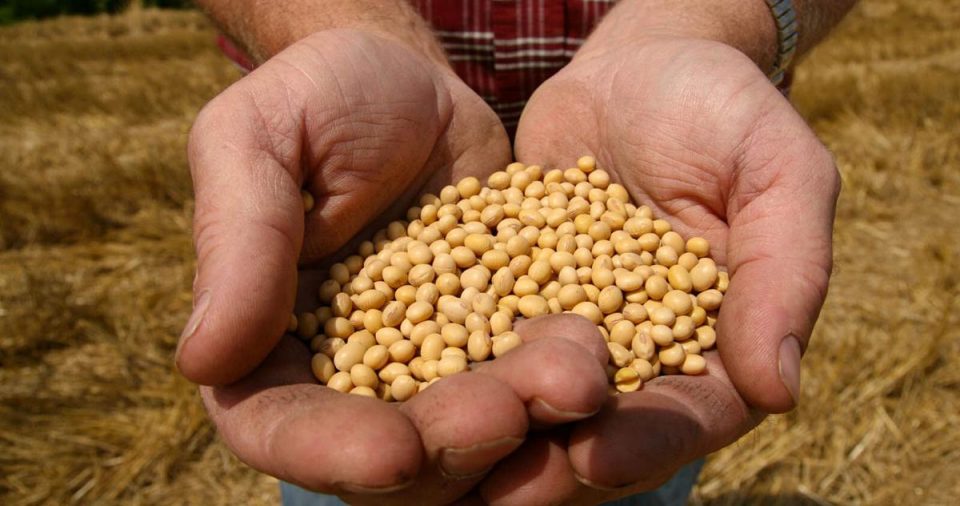In Nebraska, weed control decisions need attention early in the growing process.
Randy Lloyd, research facility coordinator at West Central Research, Extension and Education Center in North Platte, said weed control is an annual problem and it’s not getting easier.
“We have, either by natural selection or by just the way we’ve used herbicides, weeds are starting to become resistant,” Lloyd said. “We used to spray and we could control it at a 1X rate. We can’t control it now at a 3X rate.”
He said weeds have changed genetically enough to make control difficult.
“Back in the late ’90s Monsanto, my former employer, developed Roundup Ready soybeans,” Lloyd said. “That was shortly followed by Roundup Ready corn in the early 2000s.”
Those crops were genetically modified to be resistant to glyphosate, the key ingredient in Roundup.
That enabled farmers to spray the herbicide Roundup over the top of those crops without affecting the crop.
People are also reading…
“It would kill everything else and it ushered in a couple of things,” Lloyd said. “Weed control programs became very easy and very cheap.”
However, he said, herbicide companies really had no financial initiative to create, develop or discover new chemistries. It took about $100 million to get a product from the lab to the shelf and about nine to 10 years of research and development.
“It took a lot of effort and all of a sudden a grower who was willing to spend $45 an acre only had to spend $12,” Lloyd said, “and was getting even better control.”
Herbicides are often called by a chemical name, a trade name or a marketed name, Lloyd said. Glyphosate is the same thing as Roundup.
“Being able to get a supply of glyphosate is going to be challenging this year,” Lloyd said. “If you can get it, it’s going to be much more expensive.”
There are chemical alternatives including a product called glufosinate with the marketed name of Liberty.
“However, that one is also going to be in short supply,” Lloyd said. “It has just been a perfect storm of issues that have resulted in really, really tight supplies.”
Lloyd said farmers need to be preparing now to look into other options.
“Now we’re looking at it and saying, ‘OK, Mr. Farmer, you need to have a plan A,’” Lloyd said. “‘You also need to have a plan B and it wouldn’t be a bad idea to have a plan C.’”
Non-chemical programs can also offer weed control, including tillage, cover crops and manual removal of the culprits. Lloyd said there are still companies that can be hired to hand-hoe between the rows of crops.
“So there’s things we can do that we haven’t had to do in the past,” Lloyd said. “We’re just going to have to have a little bit different mindset.”
Lloyd said whatever program farmers land on, they still need to do all the right things to get it applied correctly. Sprayers need to be calibrated and worn hoses replaced.
“That jug (of herbicide) you get may be the only one you get of that product,” Lloyd said, “This is a word no farmer likes — read the label. The label tells you the best way to put it on to have it be its most effective, from weed size to wind speed to height of the boom. That’s all on the label.”


